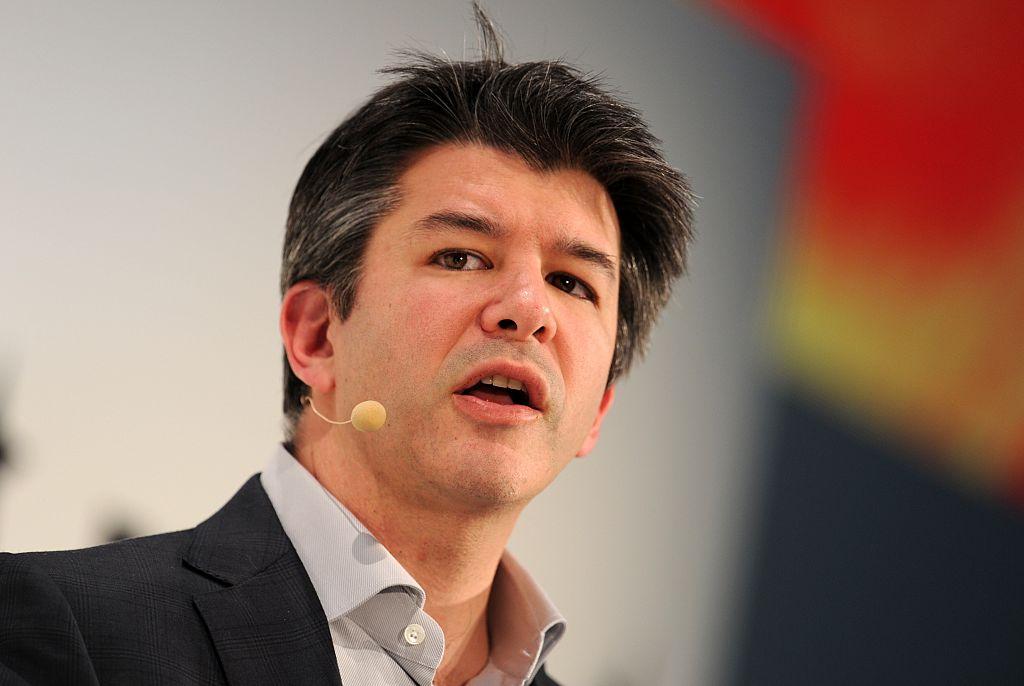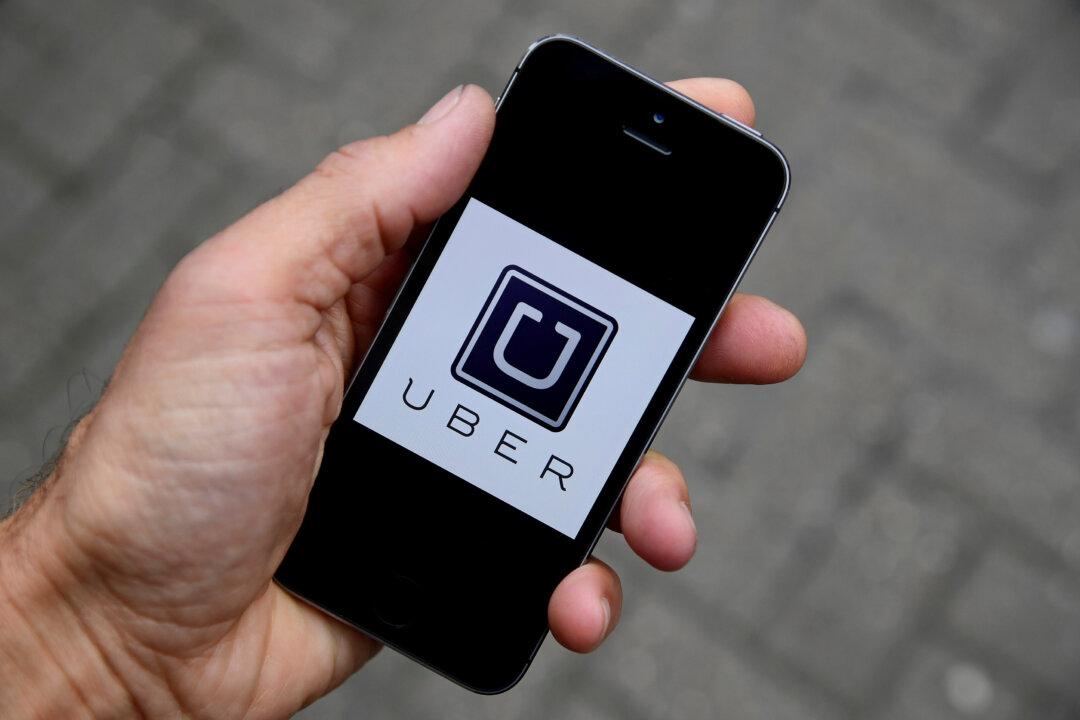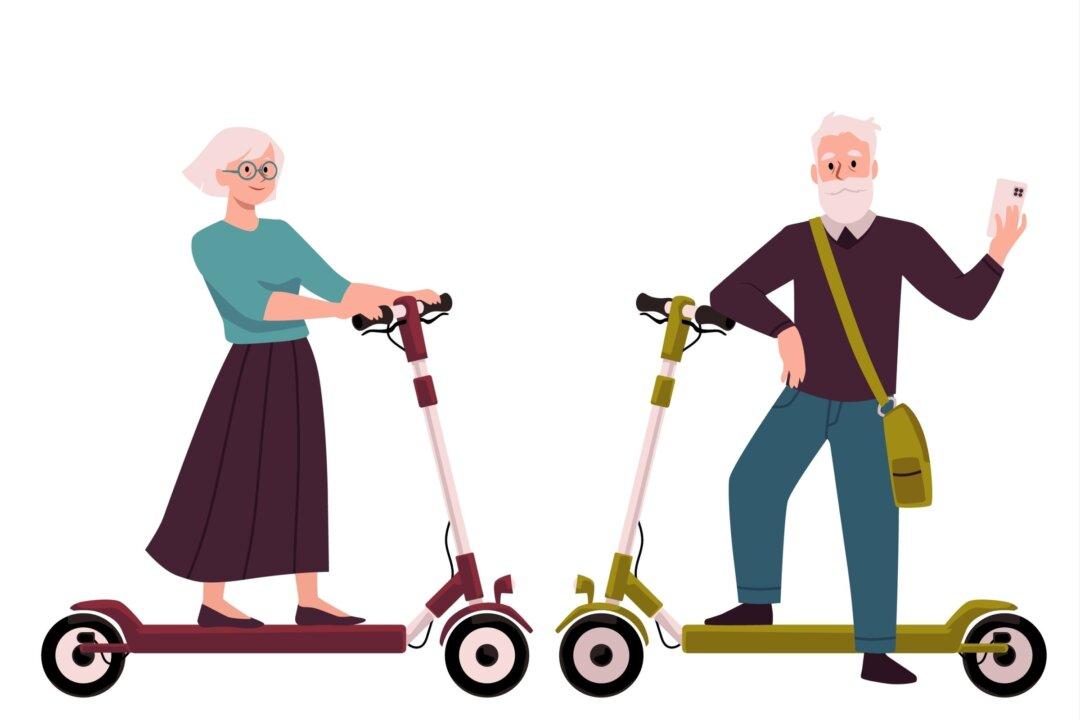On Tuesday, the same day Uber announced “180 days of change” to fix long-standing grievances held by drivers, CEO Travis Kalanick resigned.
It was the conclusion to a string of recent controversies that saw some of Uber’s first investors, funds that had profited handsomely from Uber’s galloping unicorn success, call for his resignation.
The 40-year-old has faced increased scrutiny over Uber’s treatment of female engineers, questionable business practices, and an investigation into the culture and workplace practices of the startup.
Kalanick, often seen as brash, seemed to weather most of the criticism levelled at him and the company he started. But that changed as Venture capital firm Benchmark, whose partner Bill Gurley is one of Uber’s largest shareholders and sits on its board, as well as investors First Round Capital, Lowercase Capital, Menlo Ventures and Fidelity Investments, began pressing him to quit.






